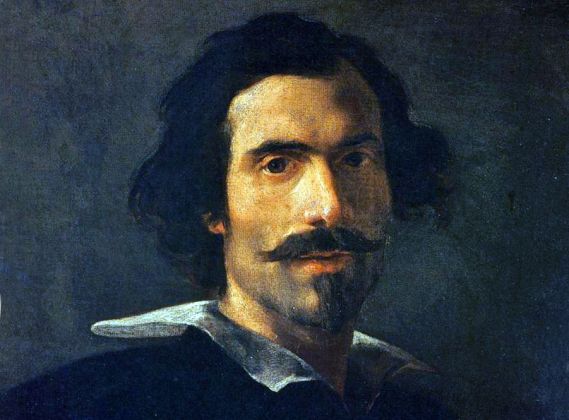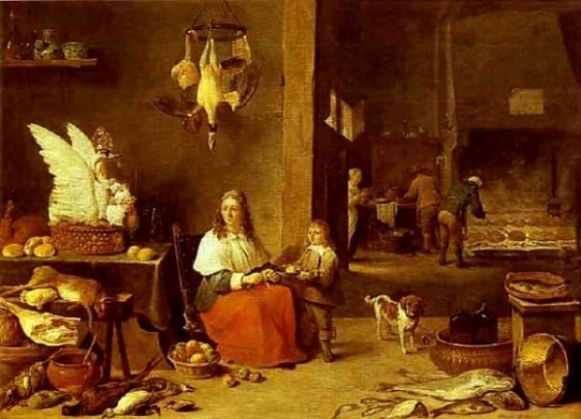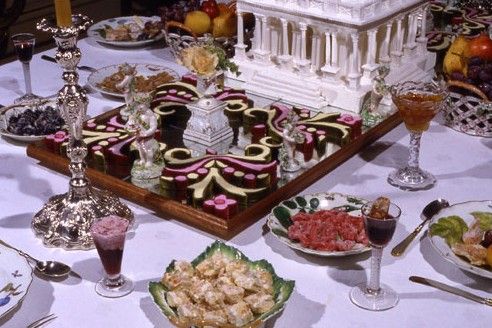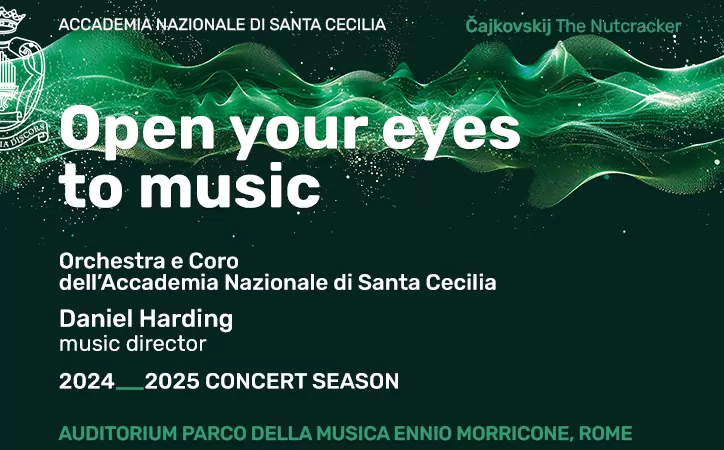Gian Lorenzo Bernini is one of Italy’s most renowned and valued artists, known as the greatest exponent of the baroque style and as an undisputed genius with a wide range of abilities.
His works are legendary, from the churches to the grandiose fountains that decorate Rome’s piazzas, to the sculptures executed for Cardinal Borghese. But there is a little-known aspect of his many and varied activities which intrigues and entertains us, opening new insights into the role of the artist in the baroque period.
The art historian Federico Zeri reveals a singular aspect of this in the pages of his book Dietro l’immagine: “We must number among Gian Lorenzo Bernini’s most extraordinary productions a number of colossal desserts, which were first exhibited and then consumed in the grand palazzos of the papal aristocracy. They were sculptures of whipped cream, gelatine and biscuits.”
Also read: The secrets of Rome's artisan bakeries
Among the artistic and spectacular diversity of baroque Rome, this statement is not particularly surprising. The decorative triumphs, the play of fountains, the concave and convex movement in his churches and palazzos, the theatricality, the expressive emphasis of marbles in fashion in those times could not fail to involve the minor arts, too. All the more so since, as we know, the distinctive character of Bernini’s greatness was his ability to fuse the arts together.
Also read: Must see museums in Rome
Creating a dialogue between different techniques was a dream and a project for him, and he was among the first to make this fusion succeed, making it a distinctive characteristic of this whole period of art.
Also read: Rome's secret libraries
Indeed, he was not merely a sculptor but also a painter, a set designer and an architect. This “all-round artist” followed the political and cultural transformations of his period, personifying a totally different role than that performed by artists today.
Also read: The Via Francigena, an ancient pilgrim route
If Italy’s quintessential genius Leonardo fused art with science in an environment connected with the courts, Bernini, the pope’s artist and member of the power elite, did not hesitate to tackle decoration.
Also read: Rome's pilgrim routes
All of this demonstrates not only the change in the figure of the artist and the customs of that period compared with those of today, but also the power of aesthetic fashion as reflected in an essentially domestic field such as the art of pastry-making. A transposition of forms seen in the daily life in the 17th century by artists measuring up to multiple experiences.
By Arianna Farina - ariannafar@yahoo.it




























